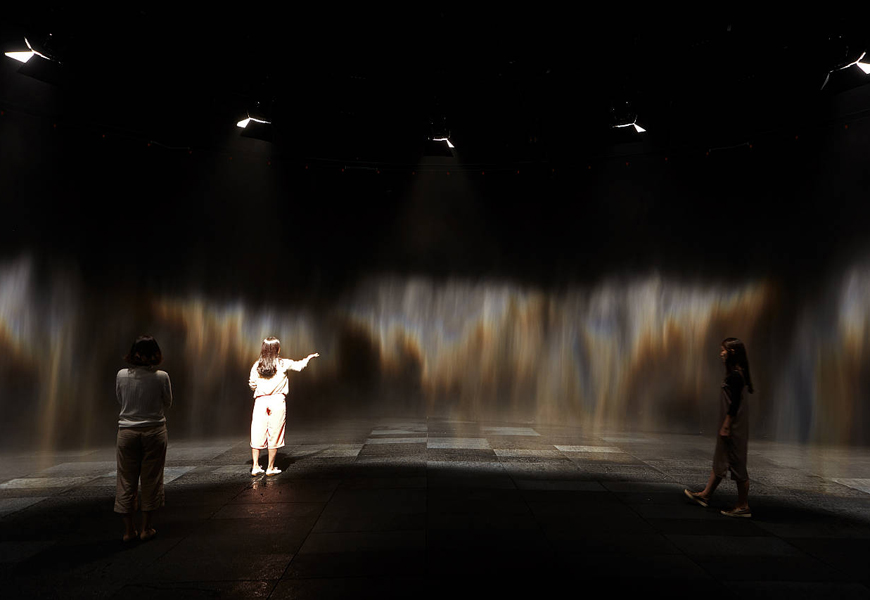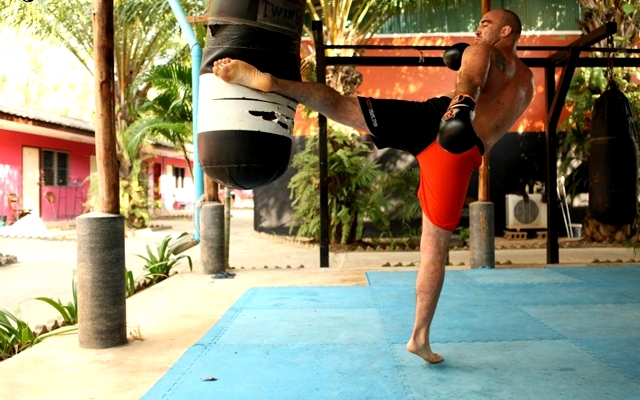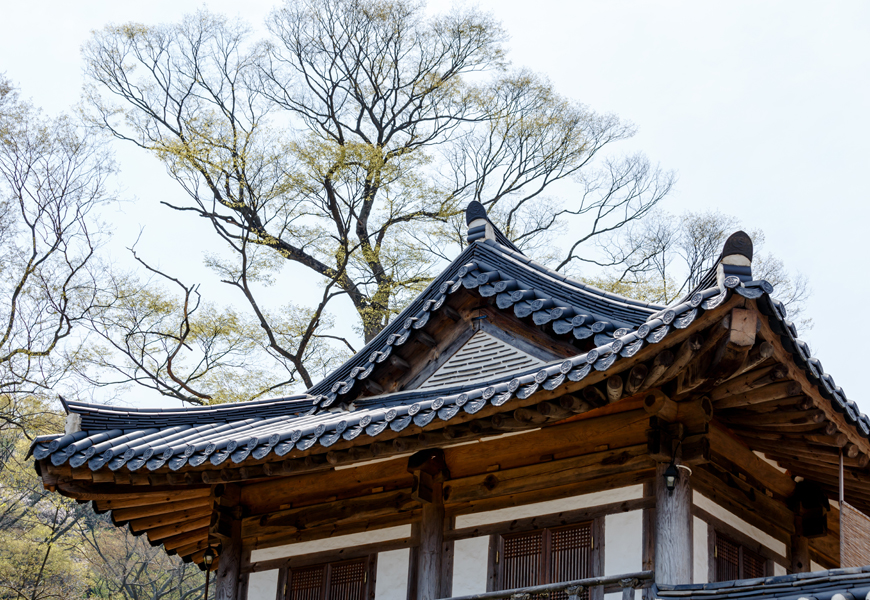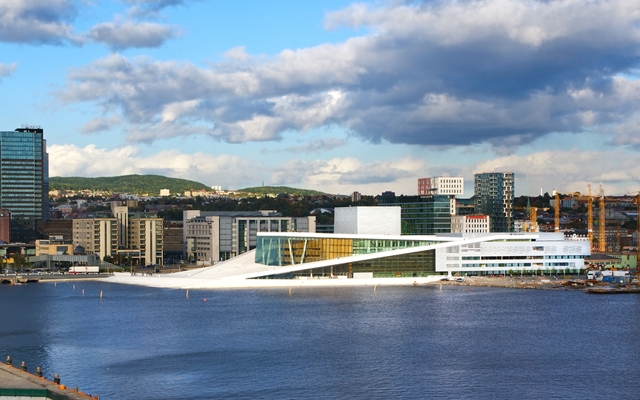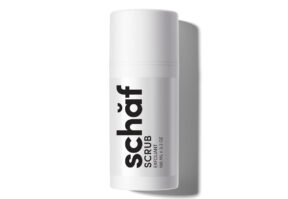The impression of viewing Olafur Eliasson’s work is similar to that of reading a poem crafted fully from scientific terminology. The language of the physically possible abuts articulations of the miraculous in a field where both are experienced as equal constituents of beauty. The Danish artist has spent his career exploring the fissure between ecology and human design. He returns with pieces that place engineered objects into new causal relationships with natural forms, emphasizing the strange magic that can be fashioned in their equanimity. The aesthetic has produced a decidedly otherworldly oeuvre—alien yet warm, often gravity-defying.
Mid-career survey The Parliament of Possibilities, currently on exhibition at the Leeum Samsung Museum of Art in Seoul, gathers 22 pieces by Eliasson from across the last twenty-five years. It’s a rare opportunity to engage with Eliasson’s work as a whole. In early pieces the interplay of natural physical phenomenon and human mechanism take foreground. In Ventilator (1997), an electric fan suspended from the ceiling swings in erratic patterns decided by its own force and larger currents of air. It’s odd sense of near-sentience and independent action is almost atomic, reminiscent of plankton propelling itself on water surfaces by the movement of single flagella. It’s something clearly active, but not quite willful, by human definition.
In Reverse Waterfall (1998), a Frankenstein-esque system of scaffolding, basins, and jets propels water from a shallow pool upward in four messy, narrowing streams. The structure is the shadow of a natural waterfall, projecting its semblance but absent of its splendor. Its industrial complexity, noise, and filth suggest the ugly force human endeavor requires to recapitulate phenomena of the so-called natural world, working the Gothic side of a Romantic bifurcation never far from Eliasson’s toolbox.
The perpetual motion of both pieces cements their eeriness. They’re examples of Eliasson’s ambition to craft spaces in which physics itself participates in the illusion of physical impossibility, in which beauty is a logic that seems to bring the impossible forth in partnership with the limits of the real. This is a parliament of possibilities.
Sister works Power Spiral and Care Spiral (2016) provide a bridge point between early pieces and Eliasson’s current work. These two works are sometimes staged separately but hang beside each other at Leeum. Again manipulating motors, each work is comprised of a closed loop of steel tubing descending in spirals from their points of rotation fixed to the ceiling. As they steadily spin, it appears that each loop itself brings about a multiplicity: two waveforms slide past each other endlessly, one upward and one downward. Holding both this unity and division in a single display—again a highly Romantic trope— the works present a picture of the physical science of wave flow in a calming visual music. Their movement is a transfixing deception that, instead of emphasizing the distance between natural phenomena and human products like Reverse Waterfall, illustrates their interplay. Here steel flows, and the work of a motor seems the mirror of a much larger force.
It is the reserved invitation Power Spiral and Care Spiral make to the spectator that casts them as the bridge point of Eliasson’s career. Pieces like Ventilator manage a form of mechanical automation that ousts humans from their standard causal position. Later pieces of Eliasson’s reverse this urge, and while maintaining their semblance of will, actually reach toward humans as constituents of their meaning. Bringing objects towards the domains of human performance, Eliasson also persuades the viewer to rethink their ontological distinction from ‘lesser beings.’
The challenge to our position is most clear in “Less Ego Wall’ (2015). Here, a wall of diamond shaped mirrors arranged in triangular cavities and prisms shatters the reflection of the viewer and intersperses it with reflections of itself, other viewers, and those on the other side of the wall looking through. The effect is the opposite of crystallization. The work enters you as you enter it, and dissolves you in its mineral instead of itself dissolving in your ego’s glass of water.
Alone and a floor above the rest of the pieces, Rainbow Assembly (2016) closes the exhibit and seems its most succinct statement. In an otherwise dark room, several spotlights illuminate a circular curtain of mist and create wide, undulating rainbows on its surface. Given umbrellas upon entry, each viewer can enter this shrine-like hinge of matter disclosing the natural wonder within it. There is an air here of baptism, but also transubstantiation, as one form of matter behaves as a gas, liquid, and light all at once.
The intense aesthetic impact of Rainbow Assembly —it quiets everyone who enters it— is simple. It’s that of bringing a natural phenomenon indoors. Like a tiny Hadron Collider, Rainbow Assembly is a marvel of human ingenuity and natural beauty simultaneously. This seems an incarnation of the core urge of Eliasson’s work, to allow beauty to shine in the co-operation of classically stratified beings sharing their resources. To allow the conversation between them to restate the possible, and act miraculously.
The Parliament of Possibilities runs until February 27 at Leeum Samsung Museum of Art in Itaewon, Seoul.

